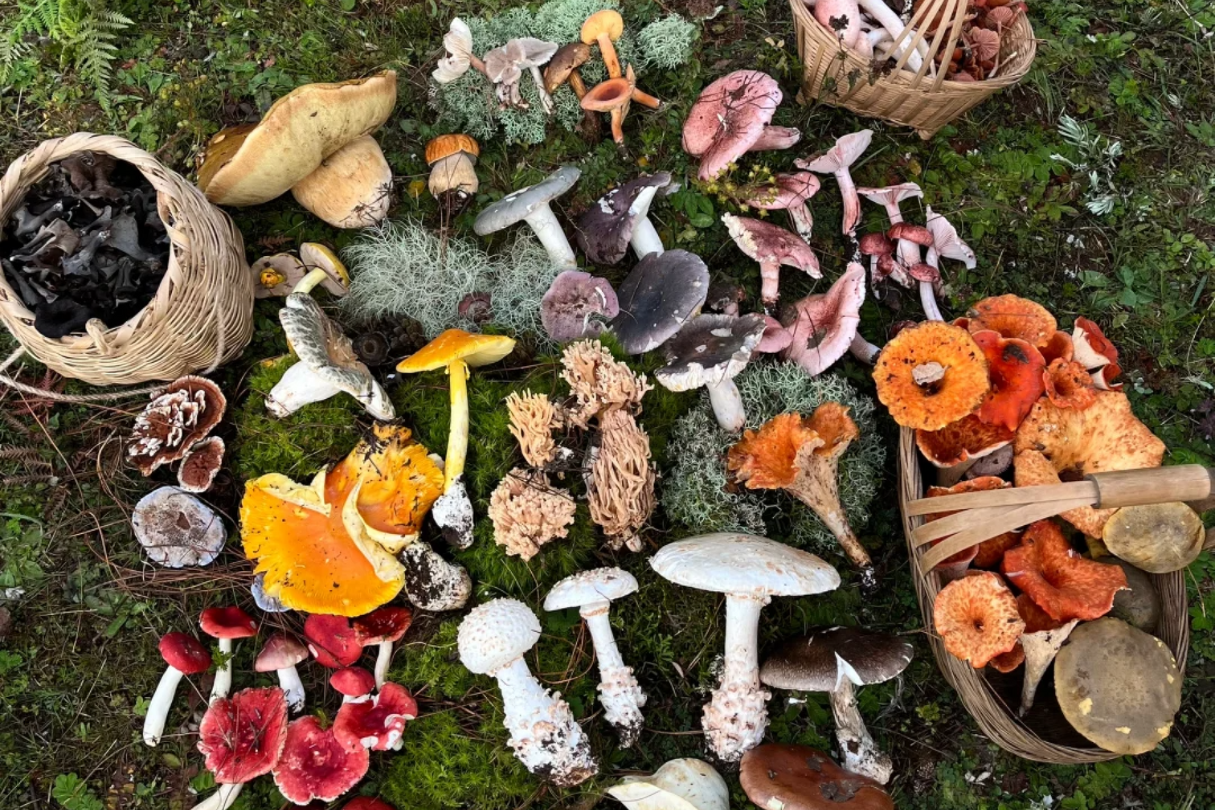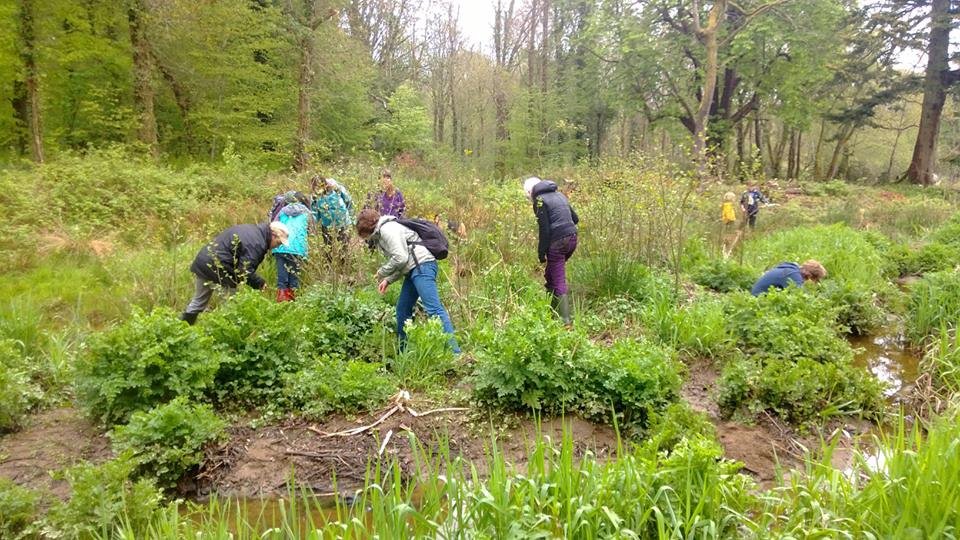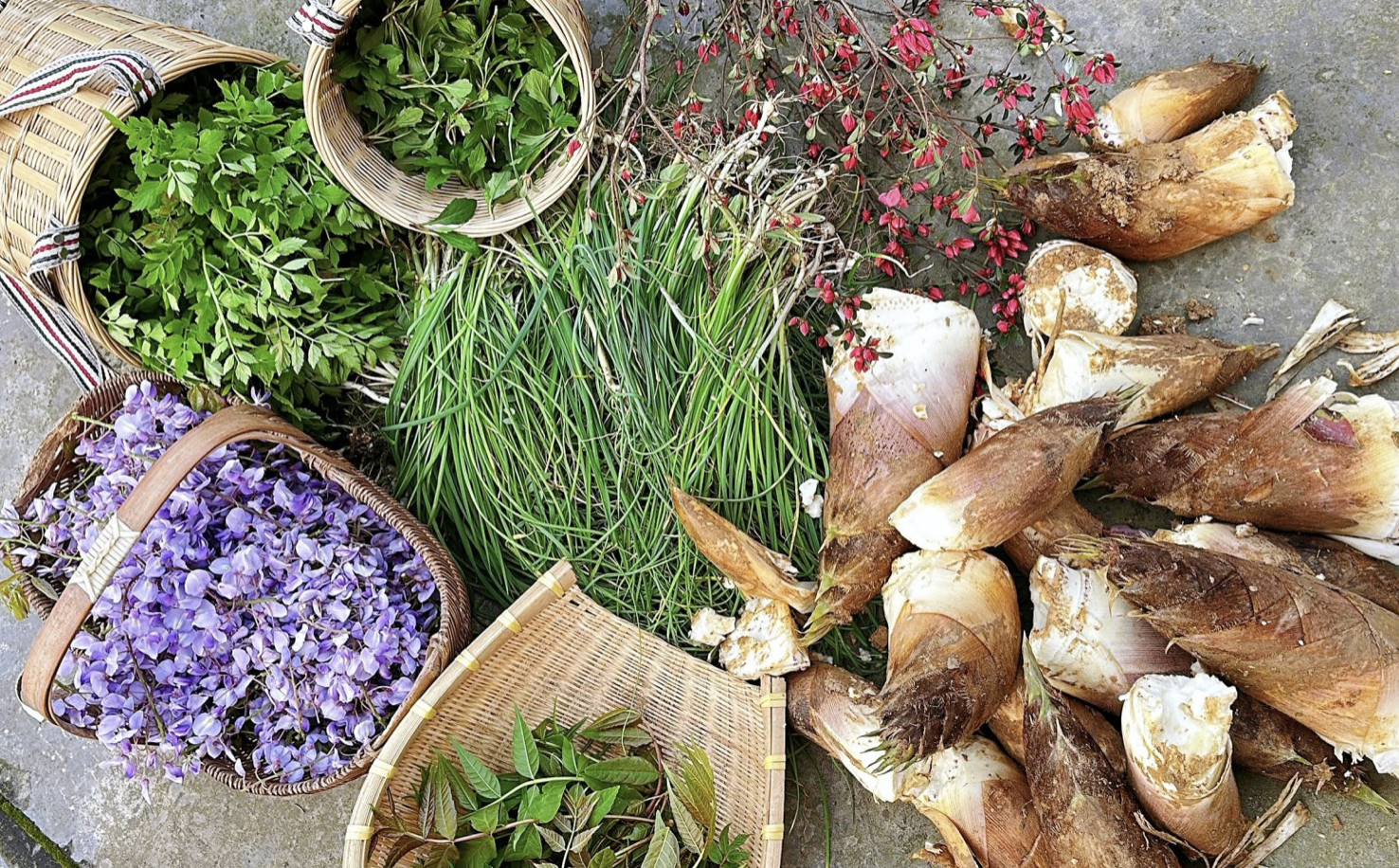Yunnan has gone viral, again. But this time, it’s not for its pu’er tea or Instagrammable rice terraces. It’s the mushroom boom.
Every summer, tens of thousands of tourists descend on the lush forests of Dali, Lijiang, and Xishuangbanna, baskets in hand and TikTok tutorials at the ready. Their mission? To forage the most photogenic wild mushrooms the Chinese mainland has to offer.
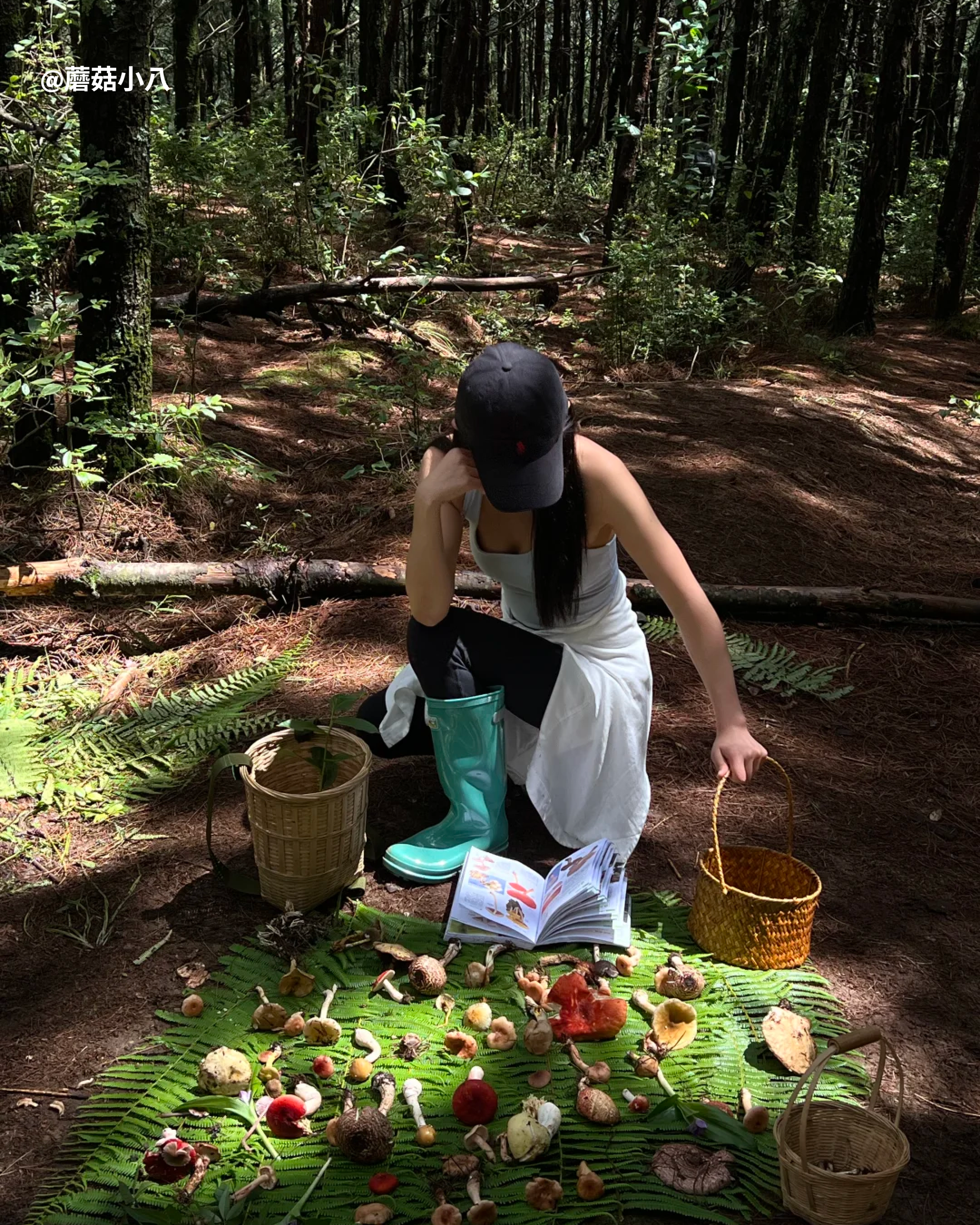
Thanks to its insane biodiversity, Yunnan is basically the Coachella of fungi. The province boasts more than 900 edible wild mushroom species—nearly 90% of China’s total. And with the rainy season in full swing, it’s prime time to go fungal hunting.
But here’s the catch: this feel-good trend is wreaking real havoc.
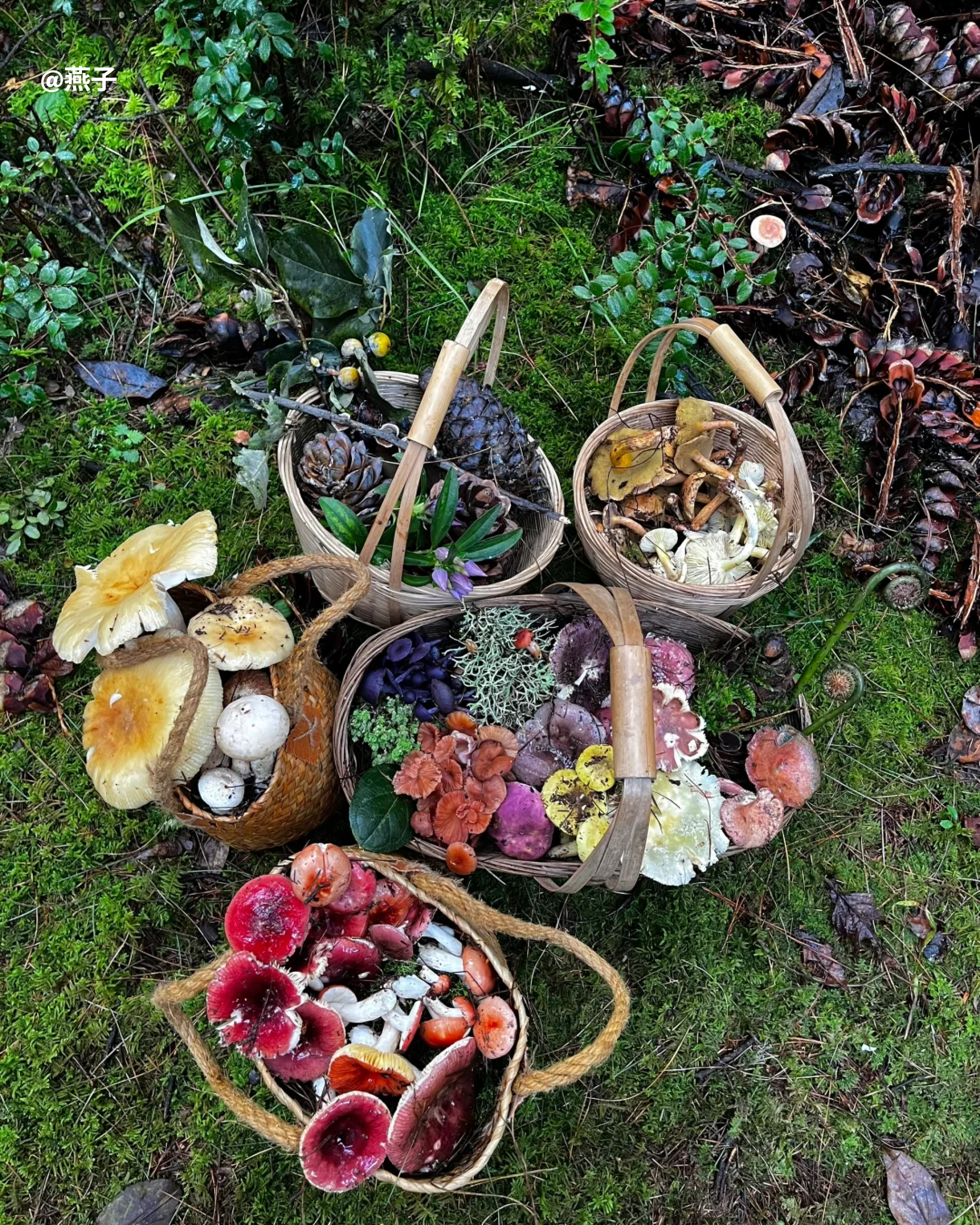
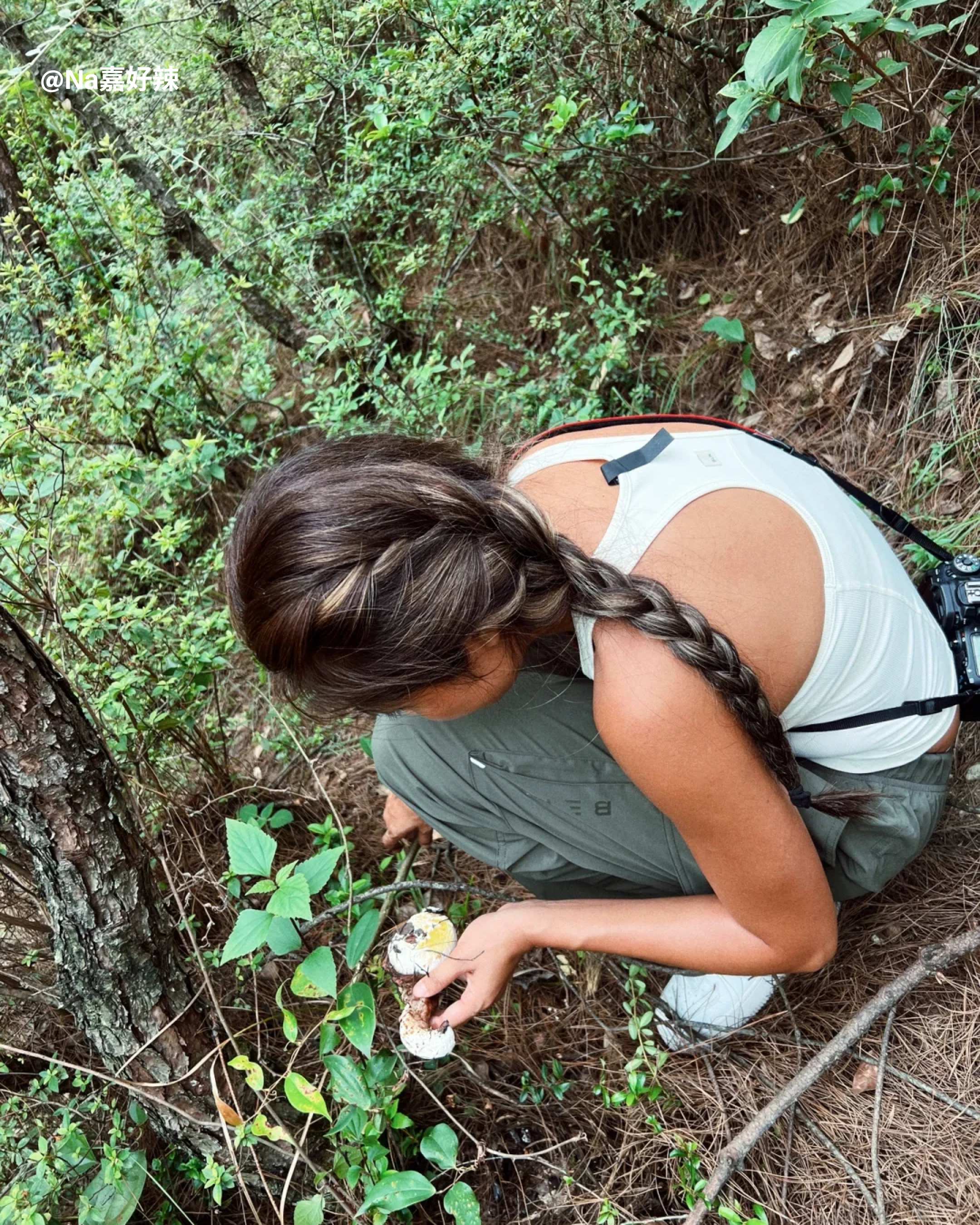
Botany expert Yang Zhuliang from the Kunming Institute of Botany warns that uninformed foraging—often done for content, clout, or commerce—is wrecking ecosystems. “If tourists collect mushrooms without scientific guidance, they can destroy habitats and push rare plants even closer to extinction,” Yang told local media.
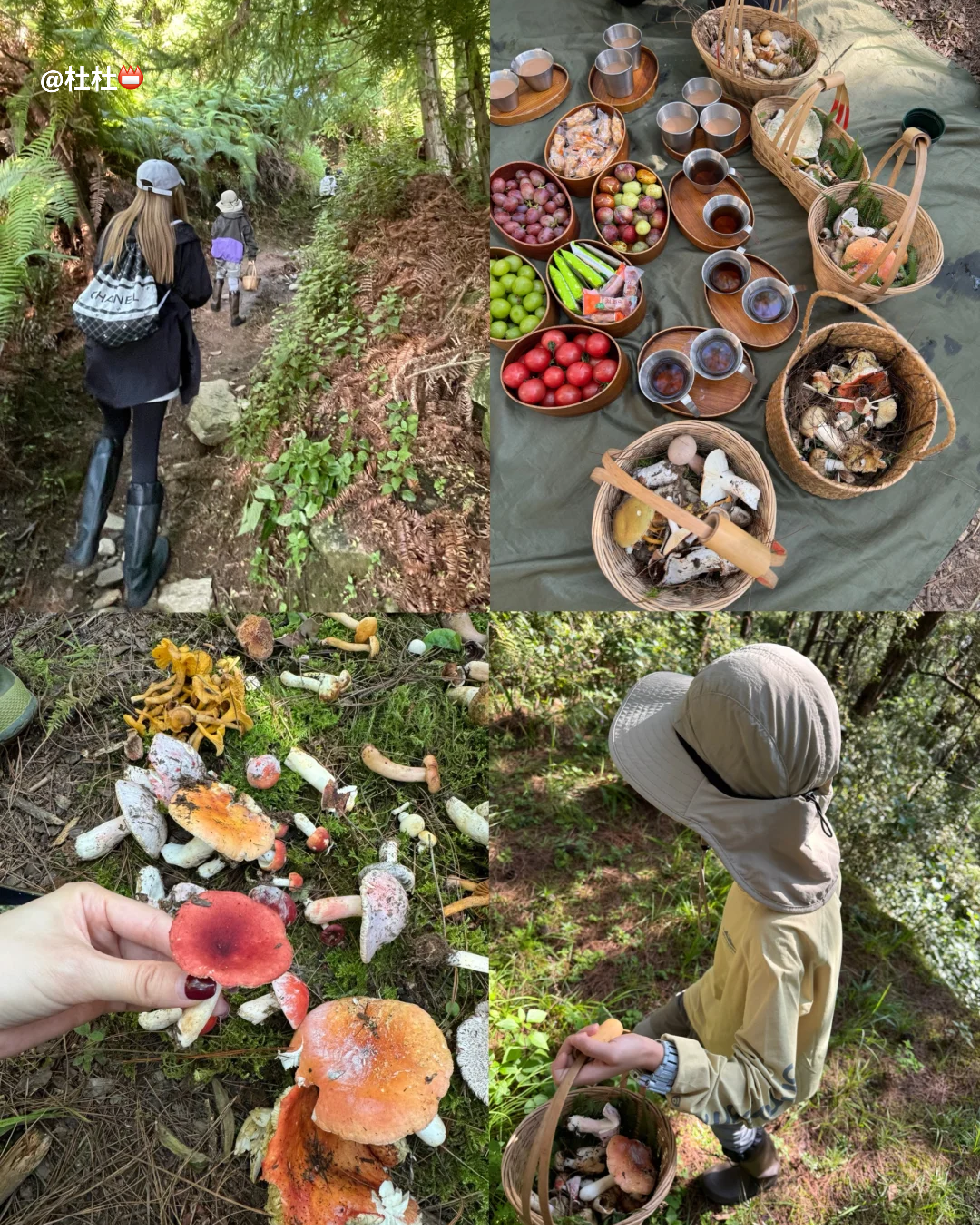
Yunnan’s forests are delicate AF. A careless footstep or plucked mushroom can have cascading effects, not just on plant life, but also on the animals that depend on it.
The rise of mushroom foraging fits into a bigger cultural shift in China, where young people are craving nature. Think camping, hiking, and 小众生活 (xiǎozhòng shēnghuó), or niche lifestyles. But even niche trends can go nuclear when they hit the algorithm.
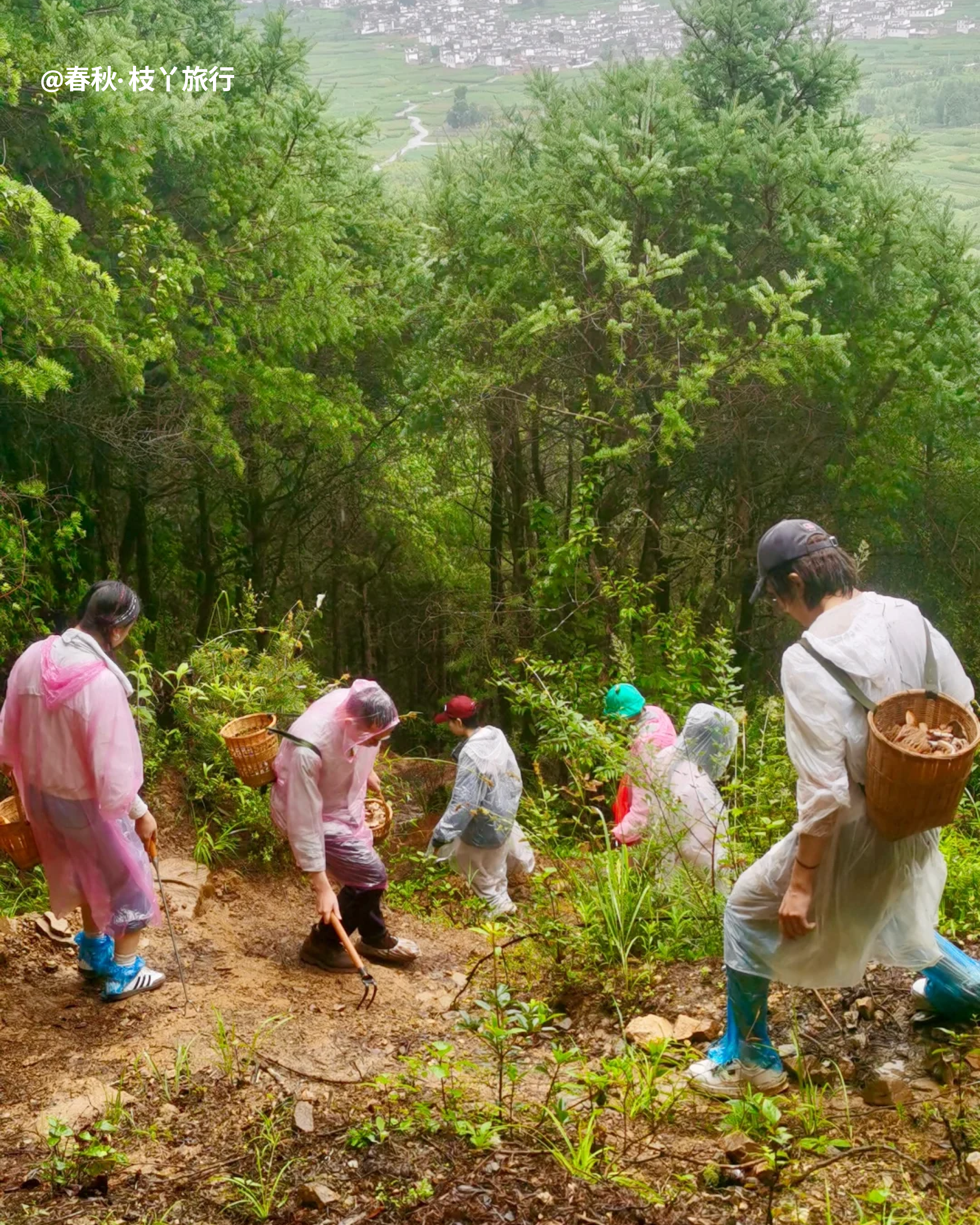
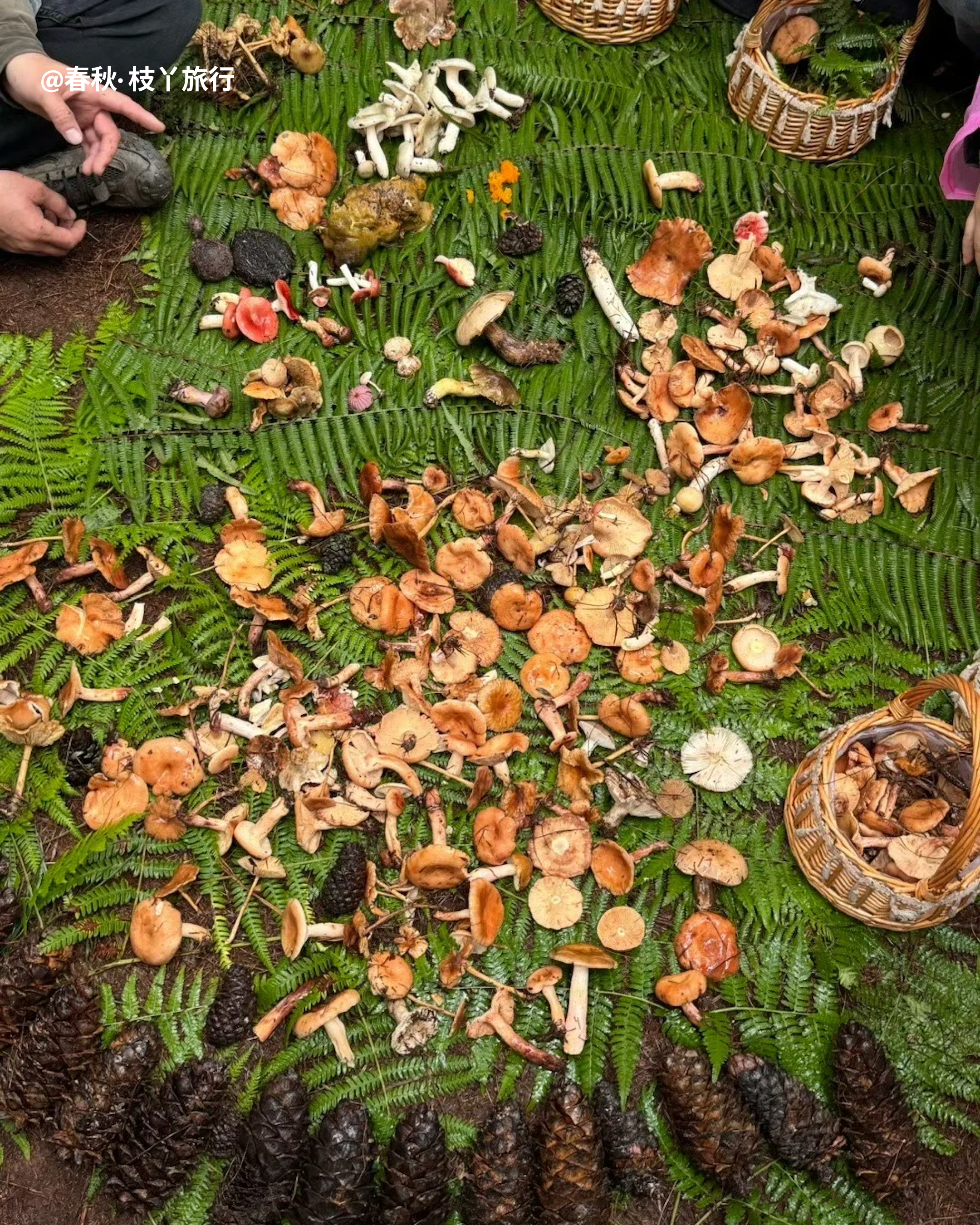
All images via Xiaohongshu.

